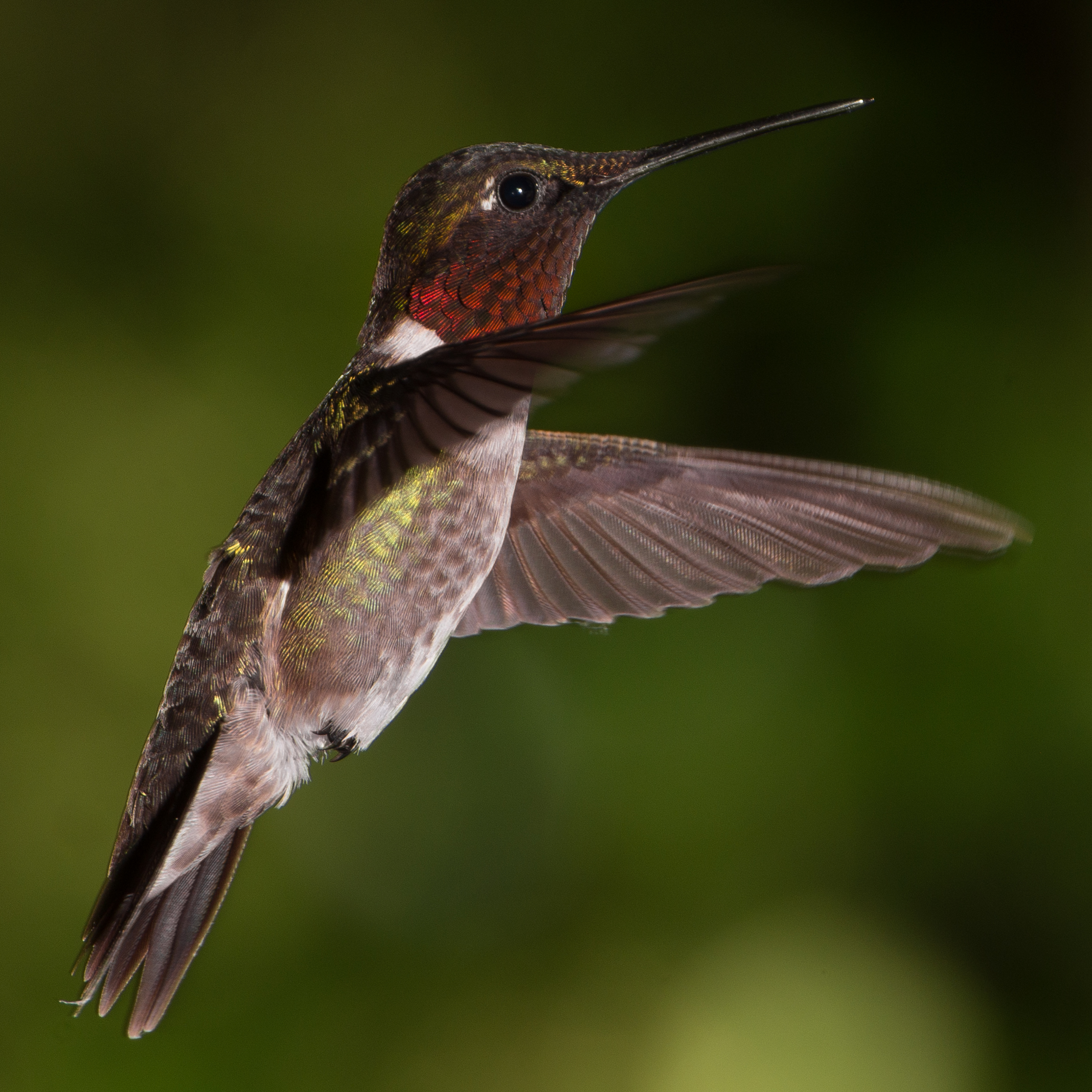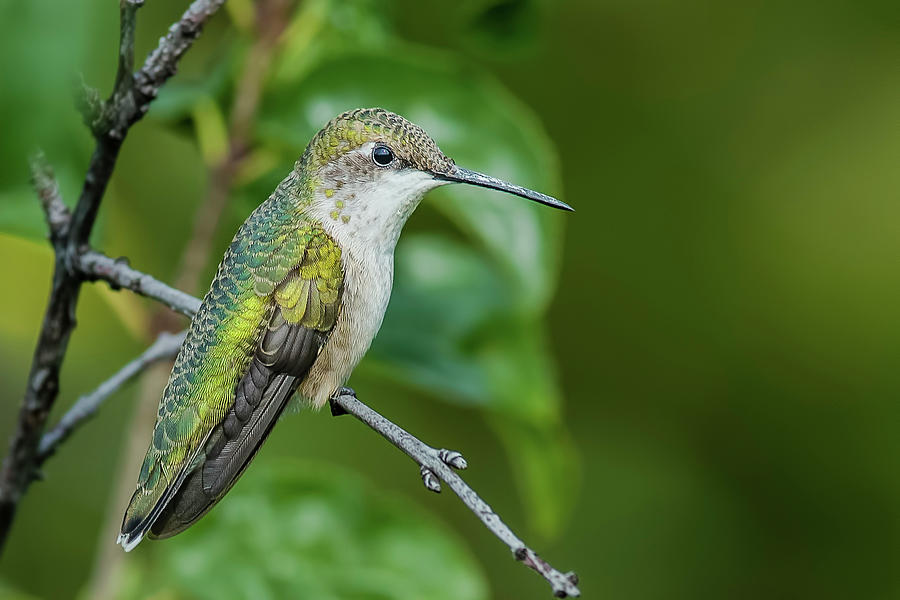

You don’t want territorial hummingbirds fighting! Range

Just remember to distance them far apart. We recommend putting out a feeder or two. They are known to be a curious and investigative species of hummingbird. It’s easy to attract Ruby-throated hummingbirds to your backyard. They will defend their favorite flowers and feeders by any means necessary, including jabbing competitors with their beak! They use their high-precision flying skills to outmaneuver competing birds, whether that’s other Ruby-throated hummingbirds, other hummingbird species, or nectar-loving insects. Males and females live alone when it isn’t mating season.īoth males and females are extremely territorial.

Ruby-throated hummingbirds are fiercely independent creatures. Some female Ruby-throated hummingbirds may have streaks on their necks as well. Her throat is only white, with no red coloring. While females are slightly bigger than males, averaging 3.8 g, their drab coloring makes them harder to spot. Light reflects unevenly off the gorget and can even make it appear black from some angles.
#Ruby throated hummingbird Patch
This iridescent patch of feathers is used for courtship displays and can be puffed up in territorial conflicts. They make up for their smaller size by having a beautiful red throat patch, also known as a gorget. Males are about 3.4 g – slightly smaller than females. Males are more brightly colored than females, but females are larger. With their classic color palette of green, white, and red, they stand out from other backyard birds. Ruby-throated hummingbirds may be the most iconic of all hummingbird species. They are native to habitats east of the Great Plains. Curious and outgoing, they are commonly seen at feeders in the summer months. Our ruby-throated friends are versatile and adaptable creatures. Buckle up and let’s get started! Ruby-throated Hummingbird Overview Image: theSOARnet | We’ll investigate a bevy of traits, facts, and behaviors of the Ruby-throated hummingbird. This article focuses on the Ruby-throated hummingbird, which ranges from southern Canada all the way to Central America. These flying jewels, as they are sometimes known, can be seen at the edge of forests, in meadows, and along the edges of streams. The Ruby-throated hummingbird is probably the species that comes to mind when you think of hummingbirds. It might be the most well-known hummingbird of all.


 0 kommentar(er)
0 kommentar(er)
